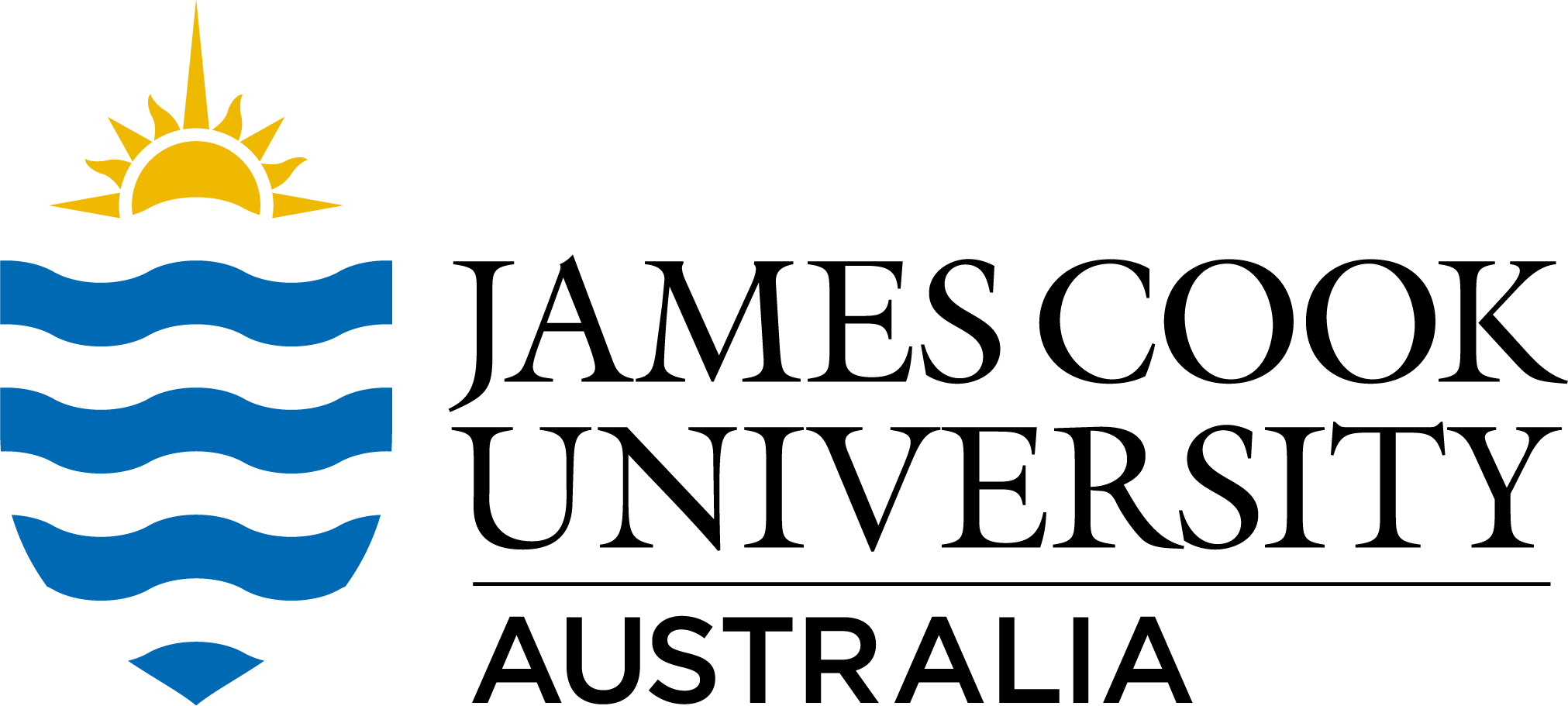Brief description
RCP6 bioclimatic variable spatial layers developed for Australia (5km grid). The RCP6 emission pathway is a stabilization scenario : stabilization without overshoot pathway to 6 W/m2 at stabilization after 2100. Download 4GB zip file containing layers for 18 Global Circulation Models (GCMs) for decadal timesteps from 2010 to 2100 (30 year average).
Full description
File format: ascii grid (.asc); zipped (.asc.gz) Extent: continental Australia Grid size: 5km Download size: 4GB Australia-wide RCP6 bioclimatic variable spatial layers of 18 Global Circulation Models for decadal timesteps from 2015 to 2085. The RCP 6.0 is developed by the AIM modeling team at the National Institute for Environmental Studies (NIES), Japan. It is a stabilization scenario where total radiative forcing is stabilized after 2100 without overshoot by employment of a range of technologies and strategies for reducing greenhouse gas emissions. The details of the scenario are described in Fujino et al. (2006) and Hijioka et al. (2008).
The data associated with the future climate projections included:
- 18 GCMs for each emission scenario;
- 8 time points into the future (10 year intervals from 2015 to 2085); and
- monthly min, mean and max temperature, precipitation, sea surface temperatures, wet-day frequency, vapour pressure and cloud cover.
With respect to the emission scenarios, Representative Concentration Pathways (RCPs) has been adopted by the IPCC to replace the Special Report on Emissions Scenarios (SRES) used in the AR4 report (Solomon, Qin et al. 2007); RCPs are to be used in the AR5 IPCC report due in 2014. Although new GCM runs for RCPs have not been fully completed, several research groups have implemented methods to utilize knowledge gained from SRES predictions to recreate predictions for the new RCPs using AR4 GCMs (e.g., Meinshausen, Smith et al. 2011; Rogelj, Meinshausen et al. 2012). The methods used to generate the GCM predictions for the RCP emission scenarios are defined at http://climascope.wwfus.org and in associated publications (Mitchell and Jones 2005; Warren, de la Nava Santos et al. 2008; Meinshausen, Raper et al. 2011).
This data was downscaled to 0.05 degrees (~5km resolution) using a cubic spline of the anomalies; these anomalies were applied to a current climate baseline of 1976 to 2005 – climate of 1990 – generated from aggregating monthly data from Australia Water Availability Project (AWAP; http://www.bom.gov.au/jsp/awap/). These monthly temperature and precipitation values user used to create 19 standard bioclimatic variables. These bioclimatic variables are:
- Annual Mean Temperature
- Mean Diurnal Range (Mean of monthly (max temp - min temp))
- Isothermality (Bioclimatic variable 2/Bioclimatic variable 7) (* 100)
- Temperature Seasonality (standard deviation *100)
- Max Temperature of Warmest Month
- Min Temperature of Coldest Month
- Temperature Annual Range (Bioclimatic variable 5-Bioclimatic variable 6)
- Mean Temperature of Wettest Quarter
- Mean Temperature of Driest Quarter
- Mean Temperature of Warmest Quarter
- Mean Temperature of Coldest Quarter
- Annual Precipitation
- Precipitation of Wettest Month
- Precipitation of Driest Month
- Precipitation Seasonality (Coefficient of Variation)
- Precipitation of Wettest Quarter
- Precipitation of Driest Quarter
- Precipitation of Warmest Quarter
- Precipitation of Coldest Quarter
All downscaling and bioclimatic variable creation was done using the climates package (VanDerWal, Beaumont et al. 2011) in R (http://www.r-project.org/). Coarse resolution climate projections were sourced through a collaboration with Drs Rachel Warren and Jeff Price, Tyndall Centre, University of East Anglia, UK. Although this data is available on http://climascope.wwfus.org, access to all data was facilitated by the collaboration.
Created: 2012-06-26
Data time period: 2012 to 06 2012
text: Continental Australia
User Contributed Tags
Login to tag this record with meaningful keywords to make it easier to discover
- DOI : 10.25903/C38Z-RY19

- Local : researchdata.jcu.edu.au//published/f7c4e7fb0a3631b4f07c5471237ccb27
- Local : c77f4262dff5d52c7b009bb2ad4ebc4c


